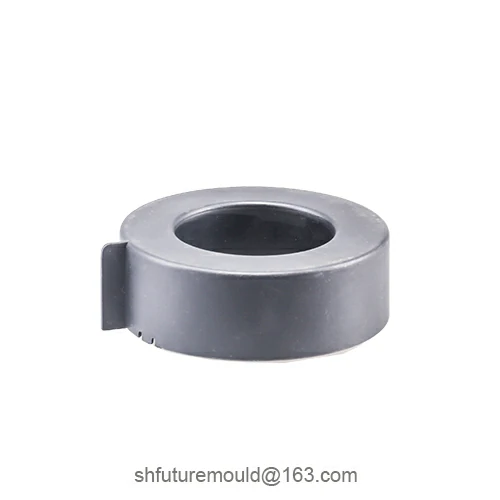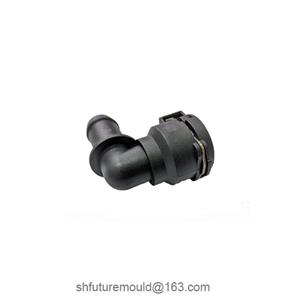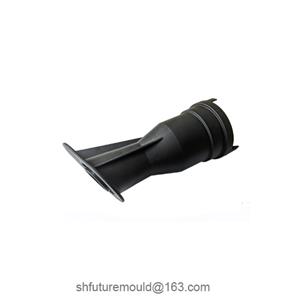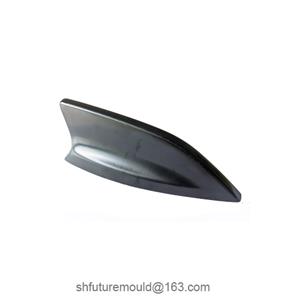What Are the Surface Treatments for Injection-Molded Products?
Surface treatments for injection-molded parts can be categorized into three main types: decorative treatments, functional treatments, and physical/chemical pretreatments.
1. Decorative Surface Treatments
1.1 Painting
Traditional liquid painting, baking paint, or powder coating. Suitable for high-volume production of parts requiring high-gloss or matte finishes.
1.2 Screen Printing
Ideal for multicolor flat patterns, especially for control panels, logos, and labels.
1.3 Pad Printing
Transfers text or logos via silicone pads. Cost-effective and high-precision, suitable for small-area multicolor designs.
1.4 UV Digital Printing
Directly prints colorful patterns onto plastic surfaces. Fast, eliminates the need for printing plates, and ideal for personalized customization.
1.5 Hot Stamping
Applies metallic (gold/silver) or colored films for premium textures. Commonly used for smartphone bezels and cosmetic packaging.
1.6 Vacuum Metallization/Electroplating
Deposits a metallic film via vacuum metallization or chemical/electrolytic plating. Suitable for automotive trim and home appliance panels.
1.7 Lamination
Bonds pre-printed decorative films to the surface (e.g., IMD/IML technologies). Enables high-precision patterns in a single molding cycle.
1.8 Laser Marking
Non-contact, wear-free method for durable, high-precision markings like logos and QR codes.
2. Functional Surface Treatments
2.1 Anti-Scratch Coating
Applies a transparent, wear-resistant layer to extend surface durability.
2.2 Anti-Fingerprint/Anti-Glare Coating
Forms micro/nano-textured surfaces to repel smudges or reduce reflections.
2.3 Antimicrobial Coating
Incorporates agents like silver ions or titanium dioxide to inhibit bacterial growth. Common in medical and children’s products.
2.4 Conductive/Anti-Static Coating
Uses conductive paints or carbon fibers to add shielding or static-dissipative properties for electronic housings.
2.5 Optical/UV-Protective Coating
Adds UV resistance, anti-reflective, or light-enhancing layers for transparent parts (e.g., lenses, lamp covers).
3. Physical and Chemical Pretreatments
3.1 Sand-/Shot-Blasting
Propels fine particles to create micro-roughness, improving adhesion for coatings or paints.
3.2 Tumbling/Polishing
Bulk deburring and light polishing for low gloss or matte finishes.
3.3 Polishing
Manual or mechanical polishing to achieve mirror finishes for transparent or high-gloss parts.
3.4 Plasma/Flame Treatment
Temporarily increases surface energy to enhance wettability and adhesion for paints, adhesives, or inks.
3.5 Chemical/Electrochemical Etching
Uses acid/base solutions or electrolysis to create microporous surfaces for improved adhesion.
- Injection Mold
- Automotive Injection Mold
- Electronics & Electrical Injection Mold
- Consumer Goods Injection Mold
- Airplane Components Injection Mold
- Medical Components Injection Mold
- Irrigation Components Injection Mold
- Injection Molds




